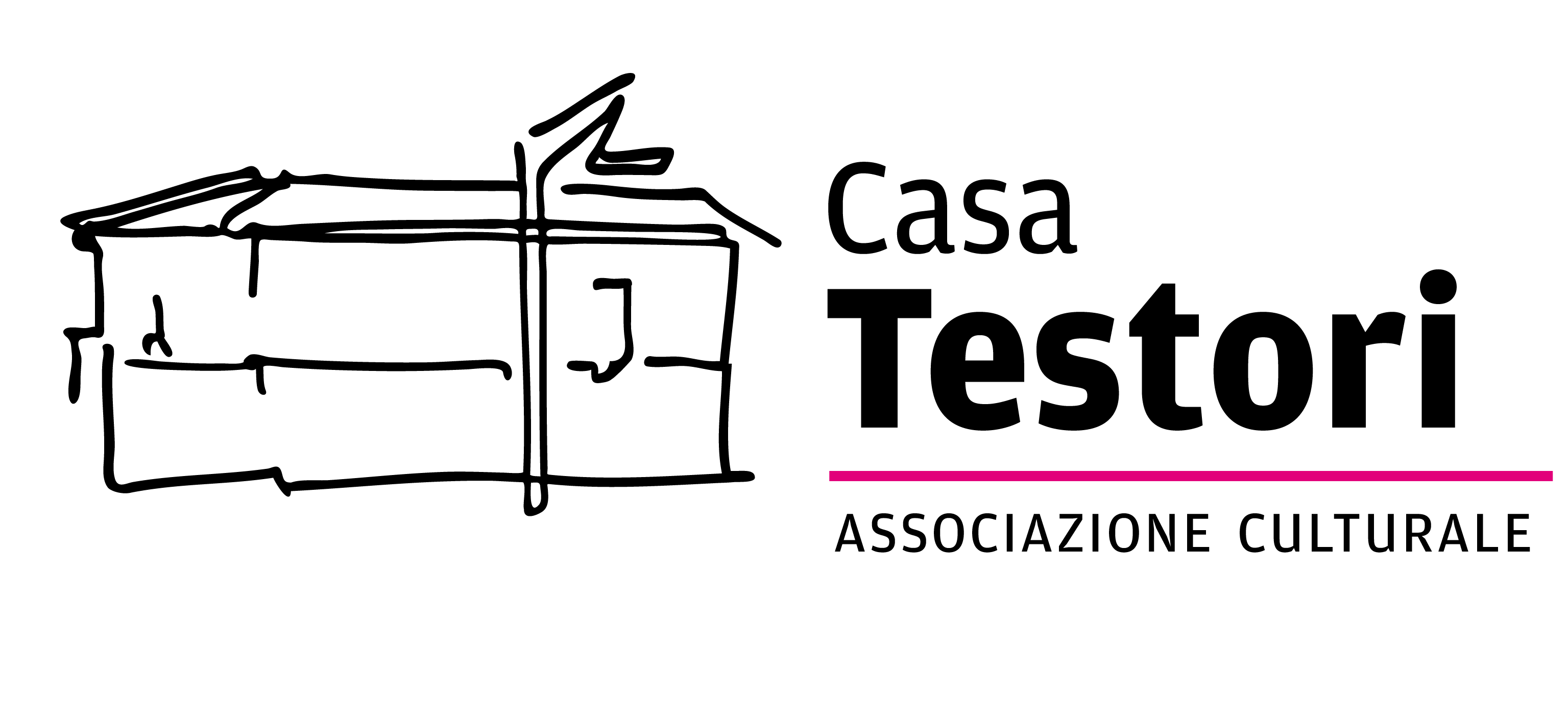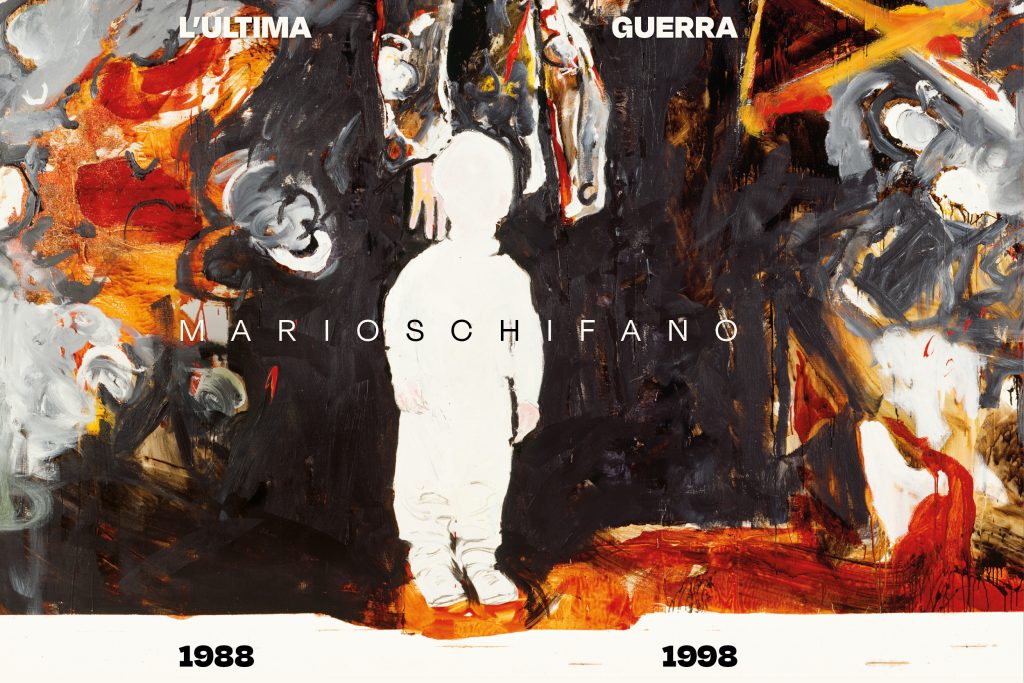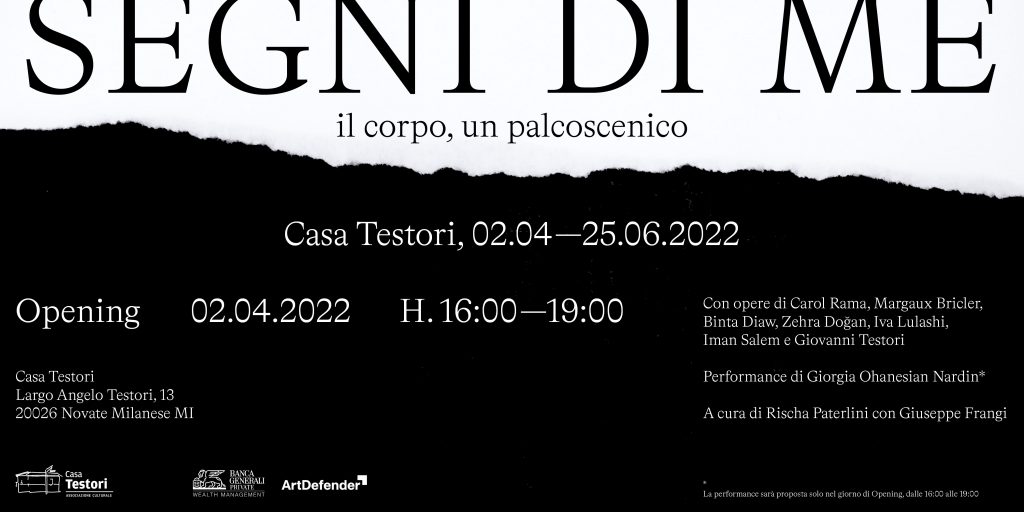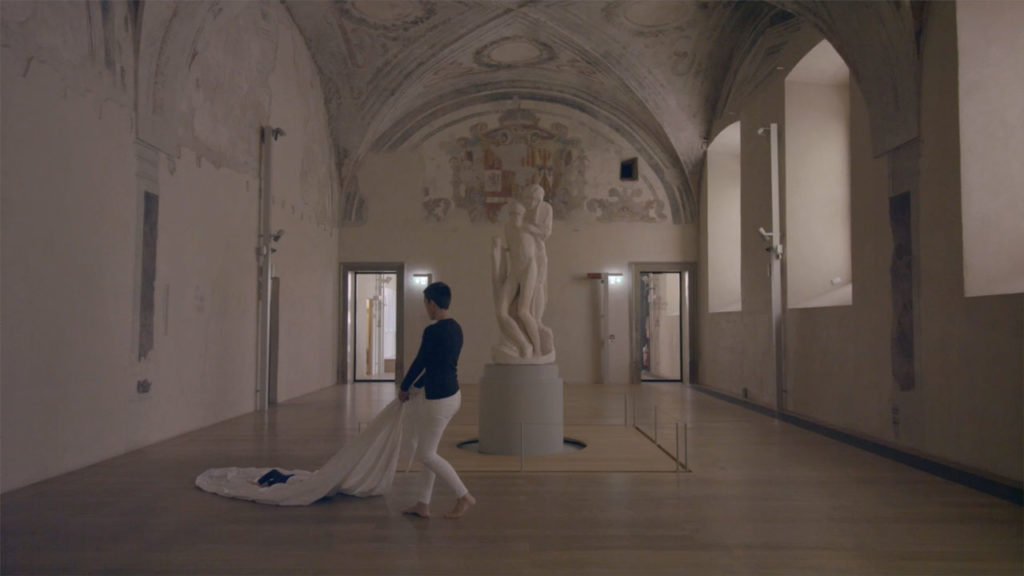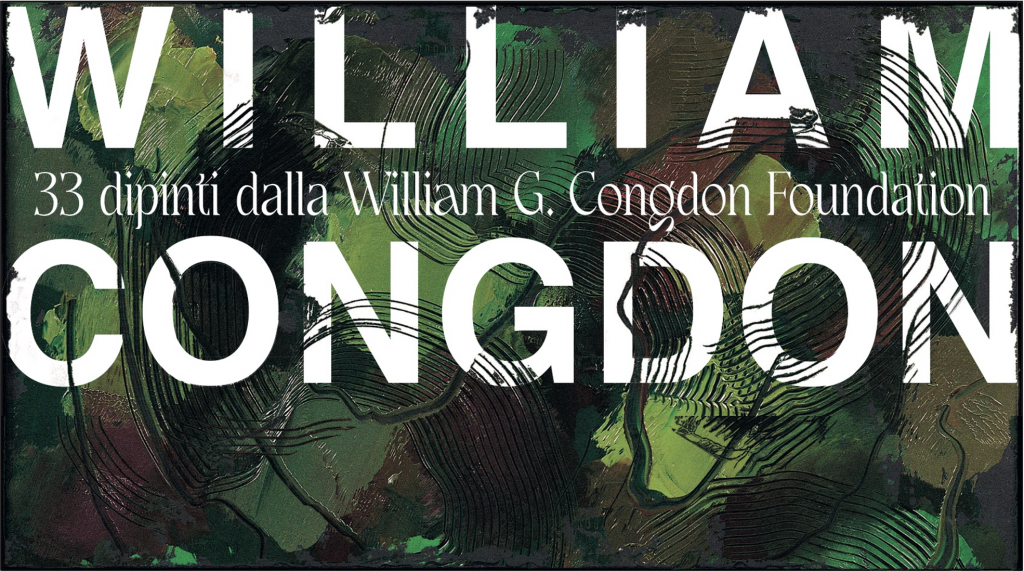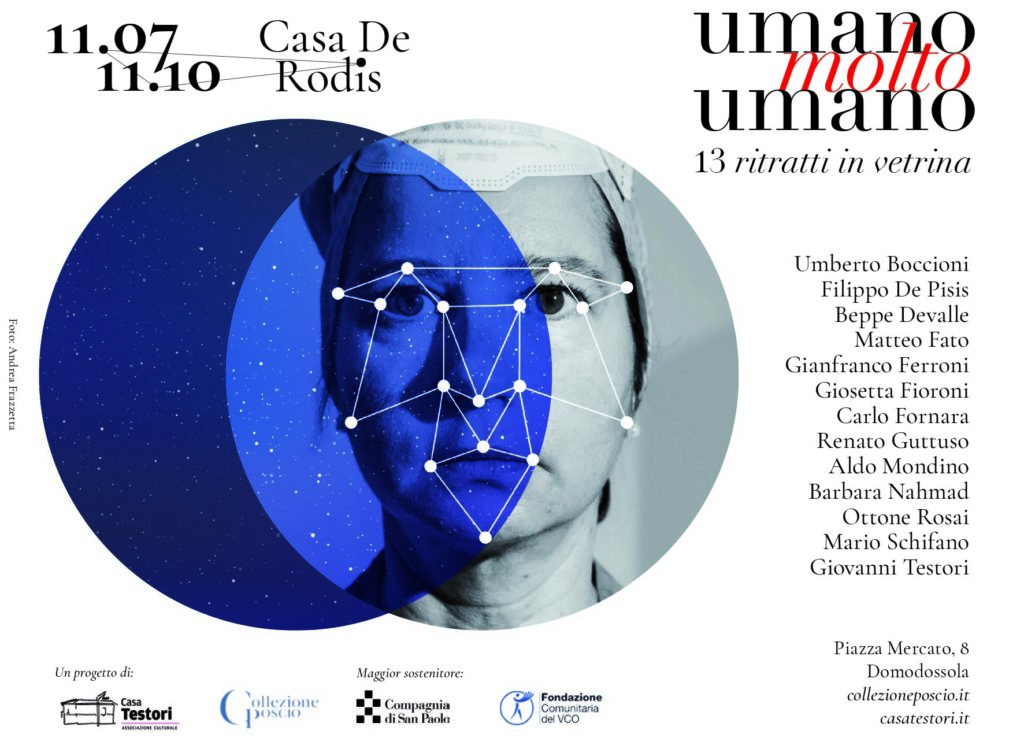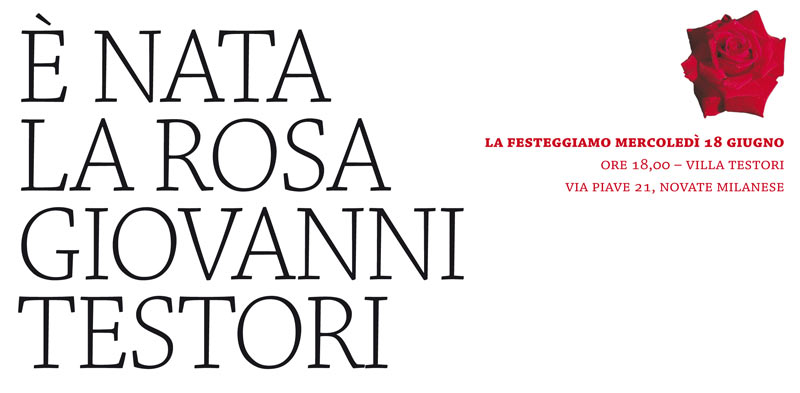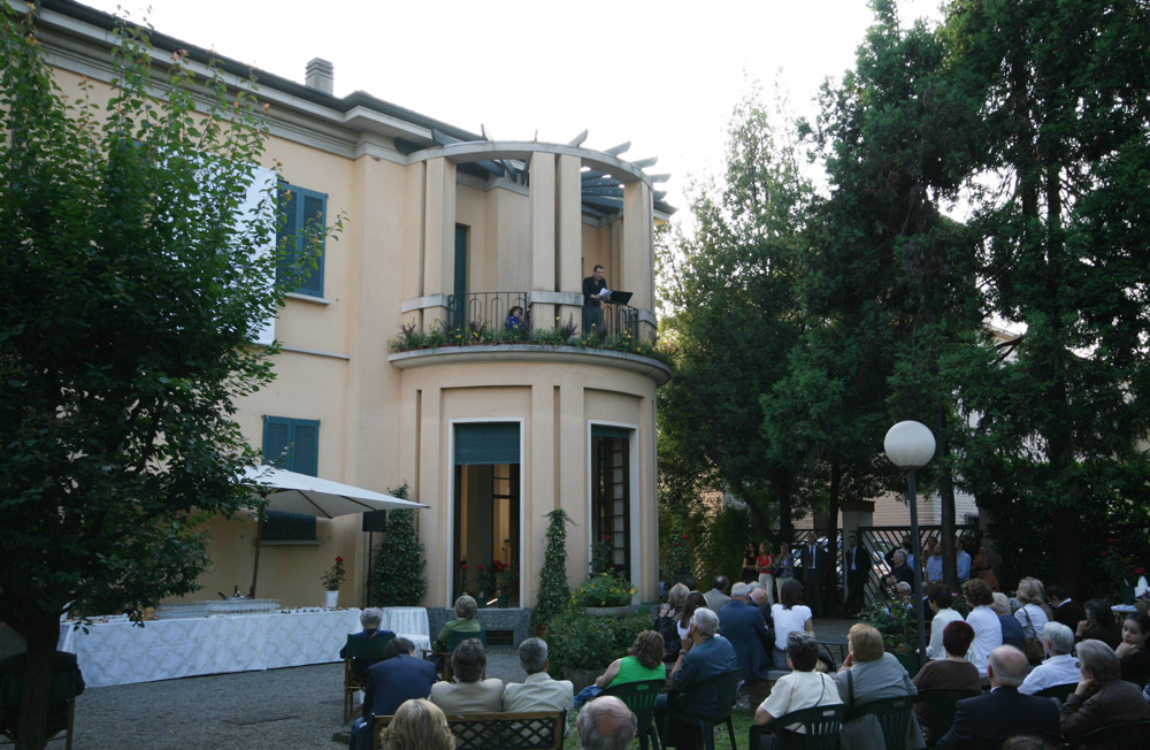A project by Casa Testori
Curated by Davide Dall’Ombra
Castello Gamba – Museo d’arte moderna e contemporanea
Châtillon, Valle d’Aosta
22 June – 25 September 2022
L’ultima guerra di Mario Schifano 1988-1998 is the exhibition that the Castello Gamba – Museo di arte moderna e contemporanea of the Autonomous Region of Valle d’Aosta dedicates to the great protagonist of 20th century painting from 22 June to 25 September 2022. The artist (1934-1998) is one of the most important presences in the museum’s permanent collection with Calore locale, Collinare, Per vedere, Orizzontale and Vista interrotta, works that are the result of a period of residence by Schifano in Valle D’Aosta between February and March 1988 and that are presented in the exhibition with an unprecedented arrangement in relation to the landscape that inspired them. Schifano worked feverishly in a wing of the former priory of Saint-Bénin, producing dozens and dozens of paintings, along with works on paper, that were exhibited at the Tour Fromage in the exhibition Mario Schifano. Verde fisico, held from 30 April to 24 July 1988.
The exhibition L’ultima guerra di Mario Schifano 1988-1998 – a project by Casa Testori, curated by Davide Dall’Ombra and realised by the Autonomous Region of Valle d’Aosta, Department of Cultural Heritage, Tourism, Sport and Commerce – has as its starting point the Valle d’Aosta episode of 1988 and aims to explore the last extraordinary years of Schifano’s career, up to his death in 1998. An unrepeatable decade for the artist: feverish and prolific years, perhaps contradictory, of hand-to-hand struggle with works, of return to painting and of ‘war’ with painting itself, as with his own addictions and obsessions, years marked by the usual and unstoppable creative urgency.
In the beginning was “Chimera”
The major works from the 1980s and 1990s on show are introduced by a video, curated by Casa Testori, which recounts the birth of Chimera, the monumental work created by Schifano during a one-night-only performance in Florence in 1985. A pivotal moment for understanding the strength of Schifano’s pictorial gesture and the communicative nature of his work, which well explains the climate in which the artist’s intention to live in Valle d’Aosta a few years later was born. This is a pivotal episode in understanding Schifano’s confrontation with archaeology, fundamental to his training and also central to his paintings in Valle d’Aosta.
Masterpieces for a Glance
In the dramatic months that Europe is experiencing nowadays, the “portraits” of war in the proper sense that Schifano dedicates to the Gulf crisis appear painfully topical. It is a period, since the late 1980s, in which the artist is particularly affected by the media and multimedia. During the years of voluntary confinement in his studio-house, television became for him a window on the world and an obsessive source of inspiration. Turning his attention to the main news events of the time, he gives us his own, poignant view of the war, expressed in works that are inseparable from his career. In the main room dedicated to temporary exhibitions, two monumental works dedicated to the drama of the war in Iraq are presented: Tearful [In lacrime] of 1990, which has become a sort of ideal self-portrait of the artist, and Sorrisi Scomparsi of 1991, the only possible face of the tragedy in Kuwait. In Tearful, the drama of war is seen from the inside of the father-son relationship, starting with a photo cut from «Time» of 10 December 1990, where a child looks on bewildered while his soldier father, leaving for the front, bows his head covering his face in tears. In Sorrisi scomparsi a crowd of new faceless faces are overlaid by the Arabic translation of the work’s title and give substance to the collective drama of Kuwait.
The pictorial reworking of TV images goes hand in hand with the photographic one. Schifano sends dozens of rolls of film a day to print: photos taken of TV screens that accumulate in his studio in bunches and are involved in a process that is both devouring and germinating.
The exhibition presents four large plexiglass-framed panel compositions (293 x 186 cm each) featuring more than 1.300 10×15 cm photographs retouched in oil and felt-tip pen, taken between the late 1980s and early 1990s. They are the result of the artist’s voracious eye and personality: “I feel like a media… Through this window [the TV] I capture the images that most strike me, the messages from the dramatic reality that presses upon us. But I am not a passive spectator. As I follow the dizzying succession of events on the video, I think, reflect, create”. An endless production that Emilio Mazzoli called “Schifano’s ‘rosary”, poured out during the day at every free opportunity, in an attempt to leave an imprint on what was happening around him.
Homage to Emilio Mazzoli
The exhibition was also created with the intention of celebrating the 80th birthday of a pivotal figure in Schifano’s career, Emilio Mazzoli, one of Italy’s most important gallery owners and his passionate supporter in those years. For the occasion, Mazzoli has generously made available to Castello Gamba – thanks to his relationship of collaboration and esteem with Casa Testori – the germinal works by Schifano presented and will exceptionally be on show with his double portrait, never exhibited before, executed by Schifano between 1994 and 1995: CARO EMILIO CONTINUA… (print and mixed media on paper applied on board, 180 x 135 cm each). A tribute to a key figure in post-war Italian artistic culture, capable of grasping the value of the artist in his early days and determined to support and accompany him, also thanks to the involvement of the most revolutionary critical pens of his time, such as Giovanni Testori and Achille Bonito Oliva.
Schifano among his nature
The upper part of the castle is dedicated to the precise reconstruction, through works, documents, images and unpublished testimonies, of the story of Schifano’s staying in Aosta in 1988, thanks to the discovery of an unpublished photographic campaign of the exhibition and beautiful photos of Schifano at work in his studio in Aosta. This pivotal episode was part of a lively cultural moment in Valle d’Aosta, with the establishment of the Regional Exhibitions Office in 1986 and a particular focus on exhibition activities of an international nature. The energy of the patrons and the commitment of art critics such as Janus (Roberto Gianoglio, 1927-2020), led to the realisation of original exhibition events, often monographic in nature, with a continuous flow of dozens of exhibitions a year, between 1986 and 1995, for a total of over one hundred. Artists were invited to exhibit their works, sharing them with the community, and the exhibitions also allowed an important enrichment of the Region’s collections. This is documented in the exhibition by the Fabbri “Valle d’Aosta Cultura” series, presented in the room of the Gamba Museum dedicated to the Valle’s commissions.
ENTRANCE
Price included in the Museum entrance fee
OPENING HOURS
Every day from 9 a.m. to 7 p.m.
